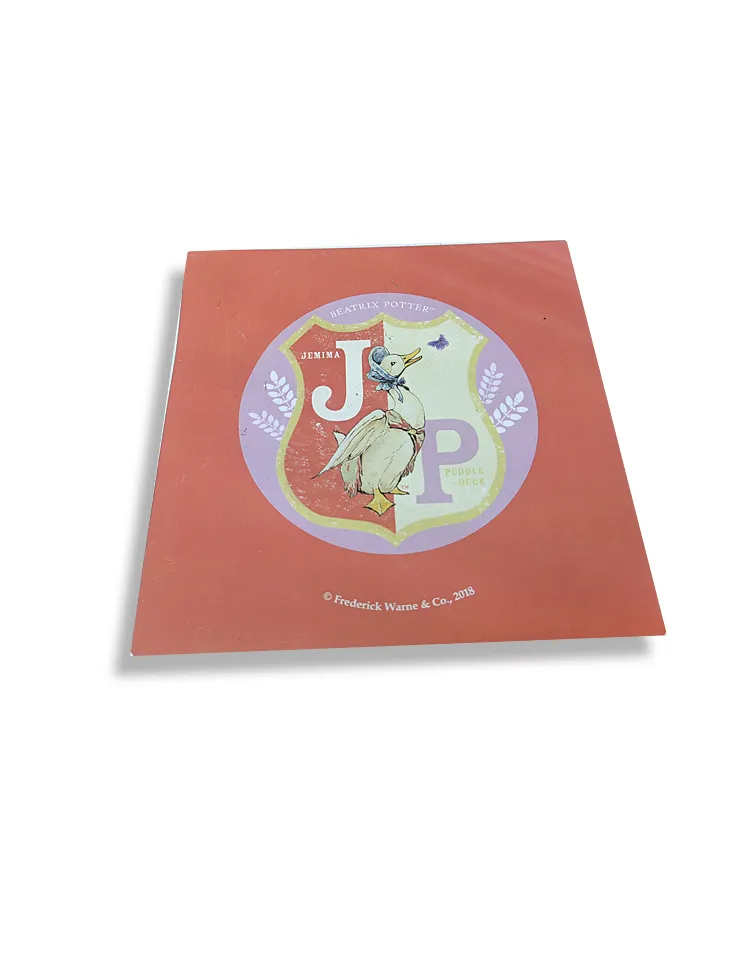In the modern food industry, the choice of packaging materials is crucial. It is necessary to ensure food safety while meeting the requirements of shelf life, transportation and display. As a widely used packaging material, whether tin plate is suitable for food packaging has become a hot topic of concern for the industry and consumers. This article will explore the application of tin plate in food packaging in depth, analyze its advantages, potential problems and future development trends.
Basic characteristics of tin plate
Tin plate, that is, tin-plated thin steel plate, is widely used in various types of packaging due to its superior anti-corrosion performance and mechanical strength. Its basic composition is a thin layer of tin on the surface of a low-carbon steel substrate. This structure makes tin plate have both the strength of steel and the corrosion resistance of tin.
1. Anti-corrosion performance: The tin layer on the surface of tinplate plate effectively blocks air and moisture, and food in contact with the steel substrate will not be directly corroded by steel.
2. Mechanical strength: tinplate plate has good strength and rigidity, is not easy to deform, and can effectively protect the integrity of food during transportation and storage.
3. Processability: Tin plate is easy to form and weld, and can be made into packaging containers of various shapes to meet the needs of different food packaging.

Advantages of tin plate for food packaging
1. Long-term preservation: Tin plate cans have excellent sealing and barrier properties, which can effectively prevent the entry of external air, moisture and light, and extend the shelf life of food. For example, canned meat, fish and fruit can be stored in tin plate cans for several years.
2. Safety: The tin layer of tinplate not only prevents the corrosion of steel, but also has an antibacterial effect to a certain extent, which helps to ensure the safety of food. Properly treated tin plate products meet food safety standards and are harmless to the human body.
3. Environmental protection: Tin plate is a recyclable material. Compared with some plastic packaging materials, tin plate has obvious advantages in environmental protection and sustainable development. Discarded tin plate containers can be recycled and reused to reduce resource waste and environmental pollution.
4. Aesthetics and printability: Tin plate has a smooth surface and can be printed with various exquisite patterns and texts to enhance the market appeal and brand value of the product. Colorful printed patterns also help consumers identify and choose products.
Typical applications of tin plate food packaging
1. Canned food: Tin plate cans are one of the most common forms of food packaging. Whether it is meat, fish, vegetables or fruits, tin plate cans can provide excellent preservation effects, ensuring the freshness and nutrition of food.
2. Beverage cans: Beverages such as carbonated drinks, juices and beer are often packaged in tin plate cans. The sealing and pressure resistance of tin plate cans ensure the quality and taste of beverages.
3. Milk powder cans: Infant milk powder, high-end nutritional products, etc. have extremely high requirements for packaging materials. Tin plate cans have excellent moisture and oxidation resistance and become one of the preferred packaging materials for these products.
4. Candy and chocolate cans: The exquisite appearance and good protective performance of tin plate boxes make it an ideal packaging choice for high-end candies, chocolates and other snacks.

Potential problems and challenges
Despite the many advantages of tinplate, there are also some challenges in food packaging:
1. Corrosion problems: In some cases, especially acidic foods such as tomato products and certain fruits, the tin layer may corrode. To avoid this, a protective coating, such as epoxy resin coating, is usually applied to the inner wall of the tin plate.
2. Cost issue: The production cost of tinplate plate is relatively high, especially in the context of large-scale use of plastic packaging materials, the cost advantage is not obvious. However, with the gradual tightening of environmental regulations, the environmental advantages of tinplate may enhance its market competitiveness.
3. Processing complexity: The processing and molding of tinplate plate requires special equipment and processes, and the production process is more complicated than plastic packaging. However, the development of modern automated production technology has greatly improved the production efficiency of tinplate packaging.
In summary, tinplate plate is an ideal food packaging material with its excellent anti-corrosion performance, mechanical strength and environmental protection characteristics. Despite some challenges, driven by technological innovation and market demand, the application prospects of tinplate in the field of food packaging are still broad.

